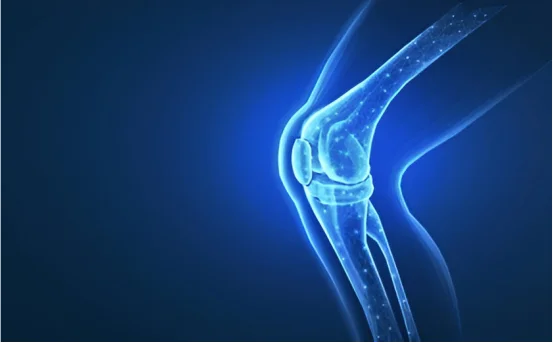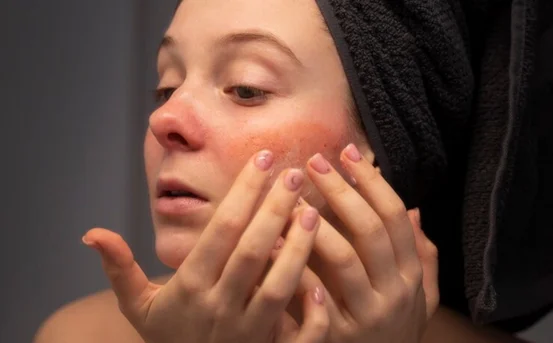Athletes or physically active individuals tend to sustain knee injuries and meniscus tears rank among the most frequent. If knee discomfort, swelling, or limited range of motion is an issue for you, it’s plausible that you could be suffering from a meniscus tear. Timely diagnosis for meniscus tear repair and intervention directly impacts the success of treatment and recovery plan, especially for meniscus tear repairs.
Meniscus Tear Definition
C shaped cartilage in the knee joint, the meniscus helps to cushion and stabilize the joint. Each knee has a pair of menisci — a medial meniscus on the inside and a lateral meniscus on the outside. Twisting motions, impact injuries, and progressive aging can all lead to tears.
Most Common Causes of Meniscus Tear:
- Sports-related injuries (football, basketball, soccer)
- Slow squat or pivot movement
- Age-related degeneration
- Poor posture while lifting heavy items
- Knee trauma
Symptoms for Meniscus Tear
Recognizing the signs early helps in seeking timely medical intervention. Common symptoms involve:
- Sharp or dull pain in the knee
- Swelling or stiffness in the knee
- Popping noise during an injury incident
Loss of the range of motion for flexion and extension of the leg
- Knee “locking” or “catching” sensation
- Instability with walking; knee gives way
If these are the symptoms you are having, it is necessary to get evaluated to ensure accurate diagnosis for a meniscus tear.
How is meniscus tear diagnosed?
Understanding of diagnosis for meniscus tear repair
Effective treatment for a meniscus tear starts with a correct diagnosis. In most cases, doctors combine patient history and physical examination with imaging studies.
- Medical History Review
The patient’s history is the starting point for a diagnostic process. A physician will offer several questions such as:
- What are the mechanisms of injury?
- Which specific movements exacerbate the pain?
- Do you have any history of joint laxity, or a sensation of “giving way” in the joint with any popping sounds?
- Have you sustained any other knee injuries in the past?
- Physical Examination
Orthopedic specialists primarily focus on the examination of the affected region with clinical tests assessing the range of motion, pain, and overall function of the joint. These tests include but are not limited to:
McMurray’s Test:- This test gauges the likelihood of a tear by flexing and rotating the knee. The presence of a click or pain indicates a possible tear.
Apley Compression Test:- The patient lies prone while the examiner applies rotation to the foot while compressing it. Meniscal damage can be suggested by pain during this maneuver.
Thessaly Test:- Patient is standing on one leg with the knee bent. They are asked to rotate their body. Discomfort during this action can suggest the presence of a tear.
- Imaging Tests for Meniscus Tear Diagnosis
Imaging is essential to validate the diagnosis based on clinical examinations as well as determine the extent of injury and formulate appropriate strategies for surgical intervention in cases of meniscus tear.
MRI (Magnetic Resonance Imaging)
MRI scans are the most effective method for diagnosing meniscus tears. They show the condition of soft tissues including cartilage and ligaments in great detail. This scan shows:
- Tear location and dimensions,
- Tear type whether horizontal, vertical, radial, or complex,
- Any other injury like ACL tears or joint degeneration.
MRI is the most effective tool with over 90% sensitivity for diagnosing meniscus injuries.
- X-ray :- X-rays, while useful for diagnosing fractures, do not show cartilage, which is important for determining a person’s arthritis status.
- Ultrasound:- Ultrasound is less reliable than MRI, but can sometimes be useful to detect joint fluid or meniscal tears.
- Arthroscopy (Diagnostic and Therapeutic):- Arthroscopy is a hybrid diagnostic and therapeutic procedure, where the doctor inserts a tiny camera into the joint to see the cartilage directly. Because of its minimally invasive nature, it is done in rare or ambiguous cases.
Meniscus Tear Classification
For appropriate treatment, the classification of the tear is necessary to provide the proper care.
- Tear Classification Description Treatment Considerations
- Radial Tear Meniscus tears that run horizontally across. Usually needs surgical trimming
- Longitudinal (Bucket Handle) Vertical meniscus tear that may cause the knee to lock in. Preferred to repair surgically.
- Horizontal Split the meniscus to the upper and lower part. Responds to conservative treatment.
- Complex Mixture of different patterns of tears. Likely to need partial meniscalectomy.
- Flap Partial detachment from a meniscus. Can be arthroscopically repaired or trimmed.
What are the Factors deciding Meniscus Tear Repair?
Factors such as age and activity are closely reviewed to ascertain whether a non-surgical approach should be utilized instead. These include:
- Patient’s age
- Activity level
- Size and location of the tear
- Joint stability
Associated ligament injuries
In younger active athletes, it is common practice to repair tears of the outer third (red zone) due to its robust healing potential from a good blood supply.
Next Steps After Diagnosis
As soon as the tear is confirmed, your orthopedic surgeon will suggest a course of action that could involve:
Non-Surgical Treatments:
- RICE (Rest, Ice, Compression, Elevation)
- Pain Relief and Anti-inflammatory Drugs
- Therapeutic Exercises
- Support or Brace for the Knee
Surgical Options:
- Meniscus Repair: Suturing the torn tissue
- Meniscectomy: Removing damaged part of the meniscus
- Meniscus Transplant: Rare, but used for severe damage in young patients
Post-operative recovery processes and imaging must be done repeatedly until the patient has satisfactorily regained function of the knee joint.
Conclusion
Undoubtedly, recognizing the existence of a diagnosis for meniscus tear repair and repairing it appropriately hinges on an accurate diagnosis. Most people who ignore the issue or oversimplify it by self-medicating without diagnosis put themselves at risk of complications down the line.
In case you suspect a meniscus tear, make sure you reach out to a doctor who specializes in knee injuries or an orthopedic surgeon. Advanced MRI scans alongside a clinical consult can ensure that you return to the active lifestyle you desire, stronger and in top condition.























